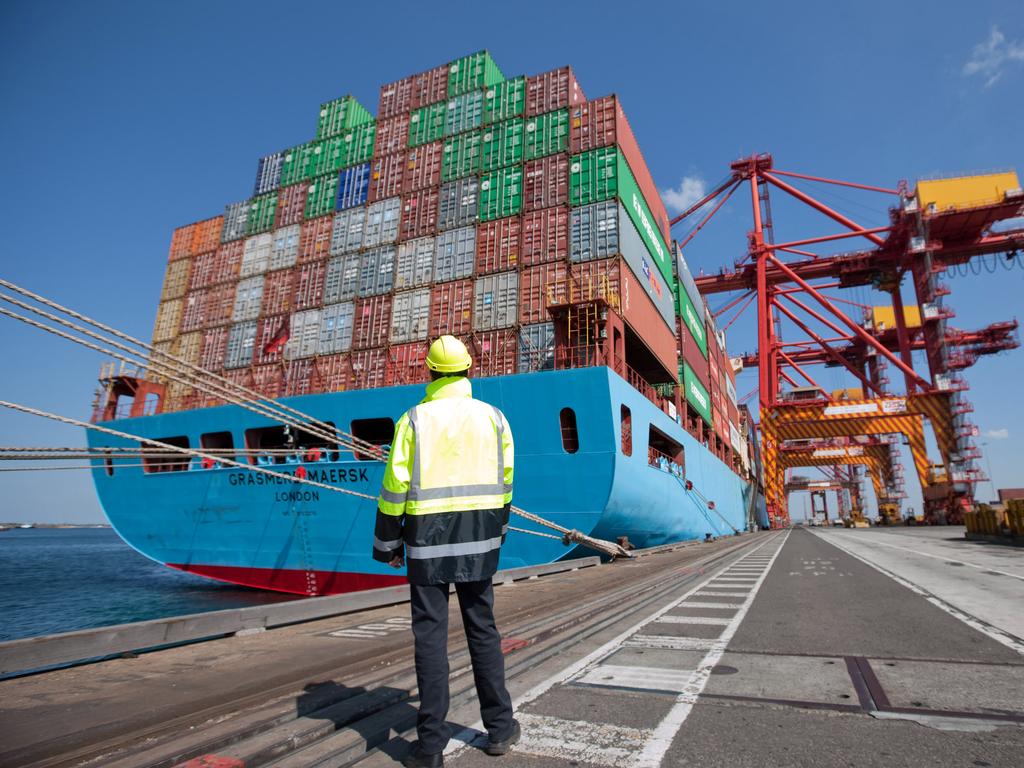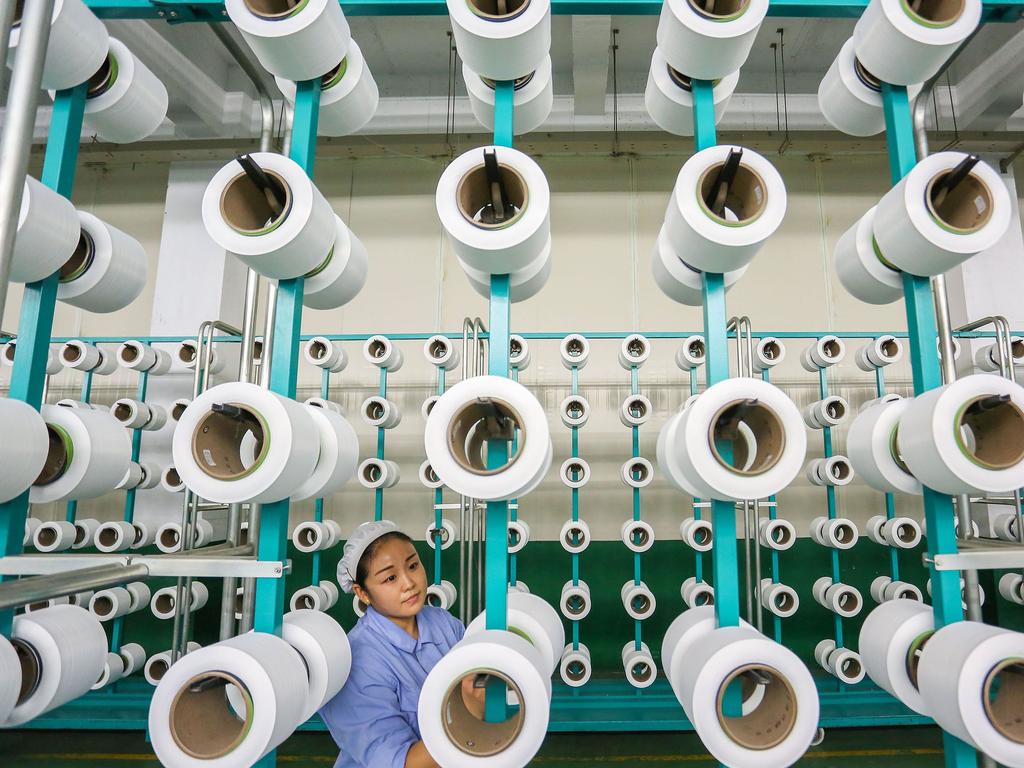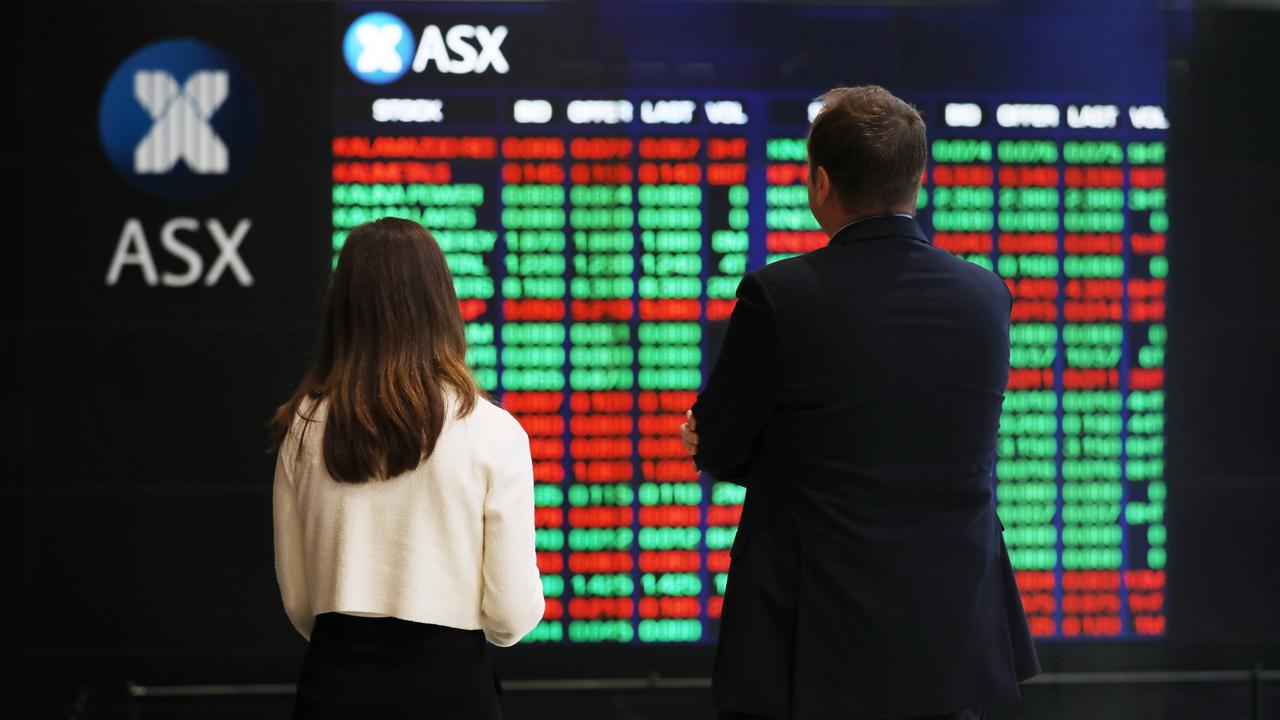Asia’s growing stronger and is now leading economic recovery
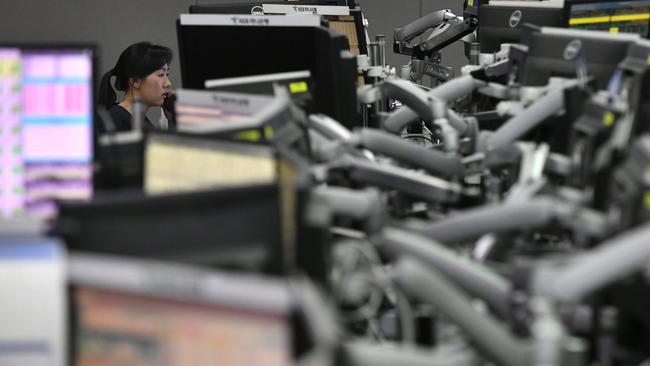
Asia has come through the second global crisis this millennium with its credentials burnished.
To be sure, Asia remains exposed to trade. It couldn’t have performed as well as it has if the policy response in advanced economies hadn’t gained traction. But deglobalisation is a worldwide, not regional, challenge. Asia’s growth is stronger, with mostly better demographics and debt levels, than advanced economies.
While in the early months of 2020 COVID-19 seemed to interrupt Asia’s rise, the disruption was quite temporary. A neat summary of Asia’s fortunes this year is provided by the performance of two global equity sectors — energy and semiconductors.
Asia — principally north Asia — produces around 45 per cent of the world’s semiconductors, with the US accounting for a similar share. For the first time the global semiconductor sector’s market capitalisation has surpassed energy. At the time of the last crisis, 12 years ago, the energy sector was more than five times larger.
Energy has been one of Asia’s three great handicaps. The shift in the index rankings reflects not just weaker energy demand because of the pandemic, which will be partially temporary, but also the shift to renewables. The sustainability agenda democratises energy to some degree. It offers the potential for countries that have been servants to their energy import bill to own a greater share of the means of energy themselves.

While Asia remains an important consumer of coal, the forward indicators suggest a tectonic shift is occurring. The Global Energy Monitor’s Coal Plant Tracker suggests there has been an 80 per cent reduction in new planned coal-power projects in Asia in the past five years. China is building the world’s largest ultra-high voltage power grid. UHV transmission is particularly useful when the power source (renewable) is distanced from the demand.
The region’s second handicap has been Asia’s status as a way station for global capital rather than a permanent home. While the fundamentals of the region as an investment destination have been self-evident for some time, missing was an anchor for the region. Needed was a market large enough to demand a permanent allocation of capital, but with the solid return credentials Japan lacked. Mainland China has become that anchor.
From October China will be included in FTSE Russell’s global bond index after Bloomberg-Barclays and JPMorgan included Chinese sovereign debt in their indices in recent years. Chinese equities have also attracted persistent inflows as mainland equities have progressively been added to benchmarks that historically only included Chinese companies listed in Hong Kong.
Three years ago mainland Chinese assets were not included in any credentialed global market benchmarks. Over the last five years China has attracted an almost continuous stream of portfolio capital.
This crisis has brought some dawning recognition of the stability of the yuan. Fears of yuan depreciation were acute during the COVID, global financial and Asian crises.
For the third crisis in succession China has demonstrated building sustained access to capital through a stable currency is more valuable than hankering after the short-term stimulative effects of a weaker currency. This has been reflected in China’s prudent approach to both monetary and fiscal policy this crisis.
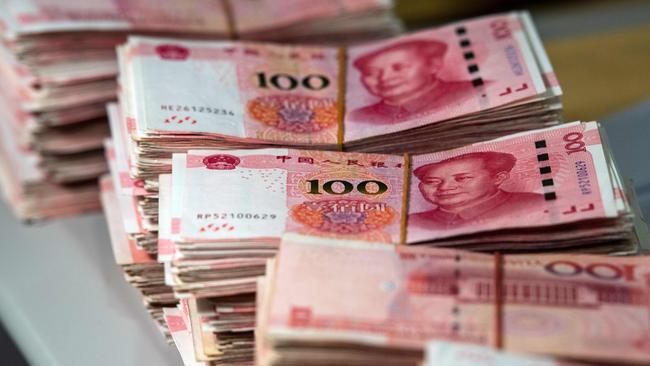
This has retired Asia’s third handicap — the narrowness of its policy toolkit. The 2020 crisis is the first that hasn’t seen a number of economies in Asia need to prioritise market stability over domestic economic objectives. The Fed’s very prompt and aggressive policy response helped in this regard. This was a crisis without a squeeze on US dollar funding. But it goes further than that.
India and Indonesia — two countries with a poor history of inflation control and sustained trade deficits — were able to implement quantitative easing programs that allowed smooth funding of wider budget deficits (a nine-year high in India and a record high in Indonesia), kept bond yields low, and didn’t result in meaningful currency depreciation.
During the last cycle the recovery for Asia was almost as uncomfortable as the crisis itself. When the Fed signalled in 2013 it would soon start unwinding its massive pool of liquidity, Asia saw lower capital inflows for a number of years which were even negative on occasion.
When the Fed eventually starts to normalise policy in the next few years it is likely to be disruptive for all markets. With Asia leading the recovery this time rather than lagging, however, we doubt Asia will be particularly affected. Liquidity reduction in fact has already started in parts of Asia, including mainland China and Taiwan.
None of this is to say Asia is risk-free. Asia is now in the centre of geopolitics rather than the periphery, many Asian economies haven’t secured vaccine supplies in the way advanced economies have, and China has its own challenges, not least getting old before it gets rich. Scanning the global landscape for commercial and investment opportunities, however, Asia’s credentials are increasingly self-evident.
Richard Yetsenga is the chief economist at ANZ.

